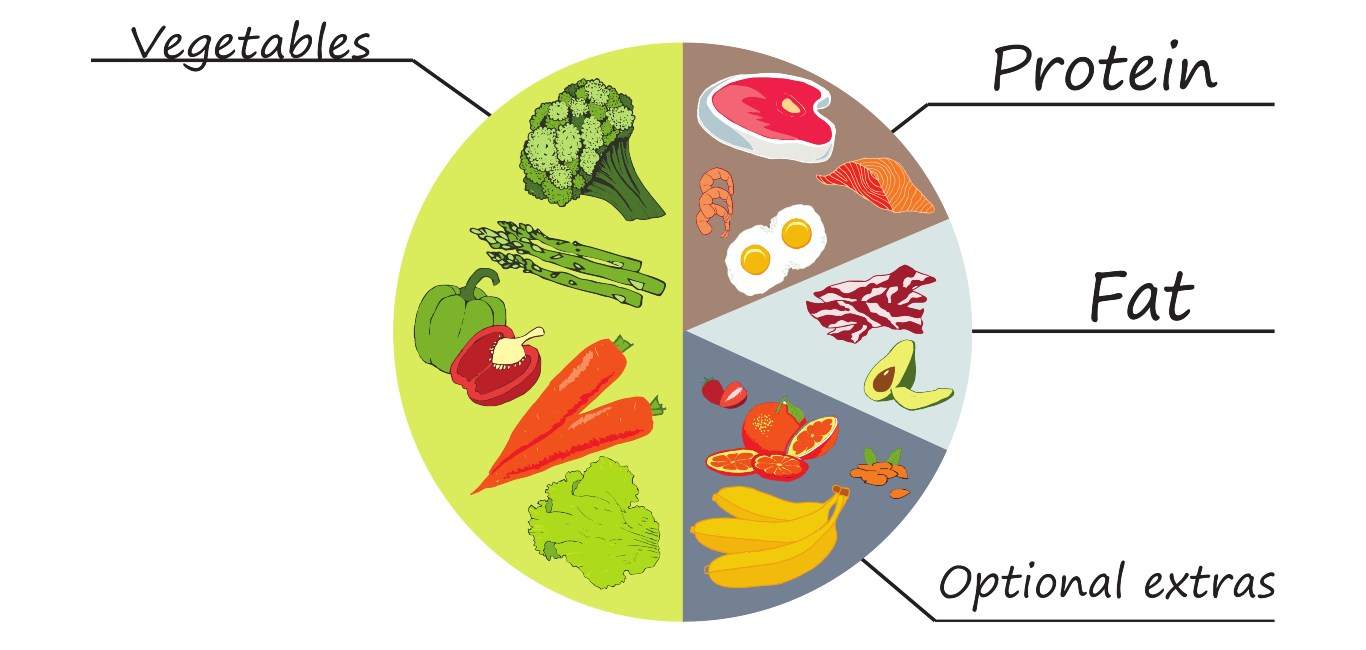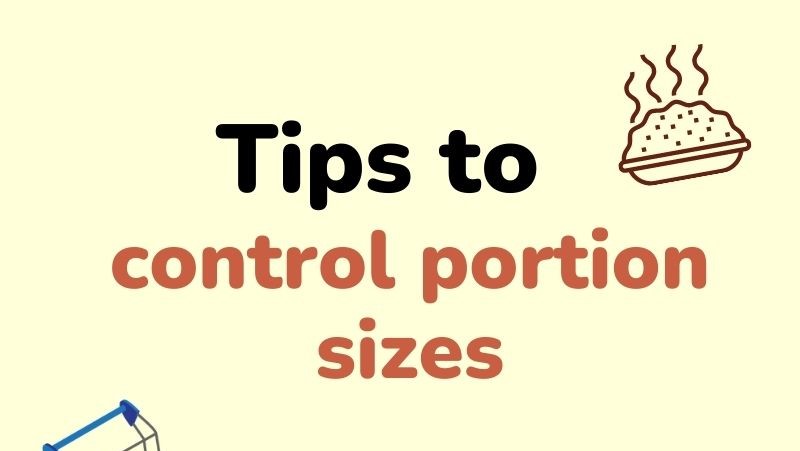
How often has it not happened to many of us. Even as we go to the theatre to watch a favourite superstar’s latest film, along goes the bucket of popcorn inside with us. At every beating the hero gives the villain, we pop in some corn. And then we stuff in some more at every thrilling twist in the tale or edge-of-the-seat action, without a thought to what we are doing, or how much we are putting into our mouths.
Nutrition experts ask us to stay away from exactly this kind of distracted, mindless eating..
Dietitian Ramya Mahesh of Sathwaa Nutrition, Bengaluru, says, “The jumbo-sized packages or foods served in large containers encourage overeating. The bigger the containers, the more we eat.”
A 2017 study published in the journal Current Obesity Reports indicates that individuals who eat mindlessly report a lower degree of fullness and a greater desire to eat compared to those who are not distracted.
The study further says that one of the most common reasons why we choose to buy large-portion products is because of the concept of ‘value for money.’ The products in large portions are often sold at a comparably low price to attract consumers. This can eventually lead to eating more than required.
Thus, buying mindfully is also an important aspect to follow to avoid binge eating.
Portion cutting tricks
Experts say that controlling portion sizes or simply – paying attention to the amount of food we eat – can benefit us in many ways. Weight management, regulating blood sugar levels, improved digestion and the habit of a balanced diet are some of them.
Mahesh provides us practical tips to control portion sizes.
- Use smaller utensils than usual. The smaller the plate and the spoon, the better will be the portion control.
- Eating quickly can interfere with hunger and fullness signals of your body and can lead to overeating. Our brain takes around 20 minutes to signal fullness since the time we start eating. Thus, eating slowly can reduce our total intake.
A study published in the journal Nutrients indicates that eating slowly can increase the feeling of fullness. The study suggests that people who ate slowly also ate fewer snacks three hours after a meal than those who ate quickly.
- Make it a priority to eat foods rich in proteins and good fats. Such items should take a larger portion of one’s plate than simple carbohydrates. They also keep you full for a long time.
Read about foods to keep you full for longer here
- Pick a small packet of snacks instead of large ones for one serving. Also read the serving size on the label and eat accordingly. Additionally, divide the portion into 2-3 servings, keep them separate and eat or share them later.
- Avoid distractions while eating. Do not engage in scrolling through social media, watching television shows and other forms of entertainment.
- At buffets, eat healthy appetisers, soups, and salads first in good quantity.
- Maintain a food and drink diary to increase awareness of foods eaten, their size and type.
- End the meal with a small fruit instead of sugar-loaded desserts.
Emotional distress
The Centers for Disease Control and Prevention, USA, says that over the years, portion sizes in restaurants have increased. The outlets serve more food than what a single person needs. To avoid overeating, one can share food with companions or carry home a portion of it.
Emotional crises and stress can also lead to overeating. Hence, addressing the core issue of distress can help to maintain a healthy meal size.
Read about emotional eating here
The ideal plate
While controlling portion sizes, it is also important to eat a balance of all macronutrients to maintain a healthy and balanced life.
Dietitian Ekta Thesia of Fitaholic, Zirakpur, Punjab, gives us an idea of how an ideal plate should be.
- Vegetables: Half of the plate should be filled with non-starchy vegetables such as leafy greens, broccoli, cauliflower, cabbages, sprouts, mushrooms, tomatoes, and others. These will provide fibre, vitamins, and minerals.
- Protein: A quarter of the plate is for protein sources such as tofu, paneer (Indian cottage cheese), eggs, beans, peas, lentils, chicken, and fish. The protein helps in muscle mass and the growth and repair of body tissues.
- Carbohydrates: The remaining quarter is for whole grain or starchy foods, for example, brown rice, whole wheat bread, quinoa, or sweet potatoes. These foods provide a lot of energy, vitamins, and minerals.
- Fats: Finally, it is also important to add healthy fats such as nuts, seeds and oils to our diet.
Please note: One individual’s dietary requirement is different from another’s. Each one’s plate can look different according to a dietitian’s suggestion. Always consult your dietitian or nutritionist before making changes to your diet plan.


















3 Responses
People think diet means not eating.
The concept diet is intake of balanced food containing protein, stitch, fat, vitamins in appropriate portion and eating with consciousness This Article dwell on it.
Very good article.
Good advice
Very informative.